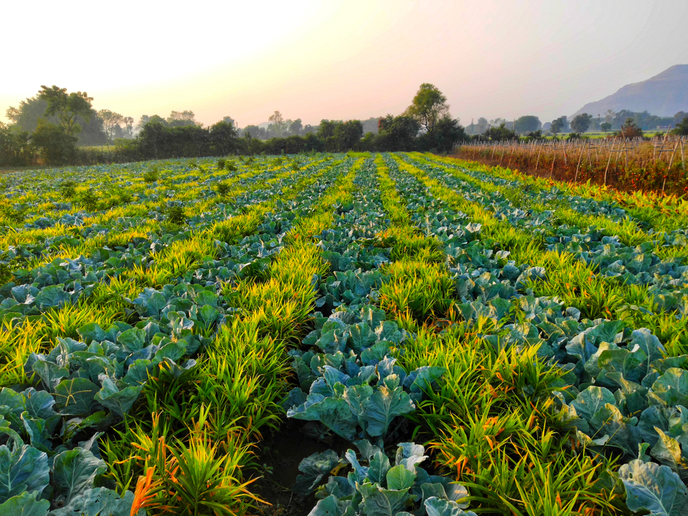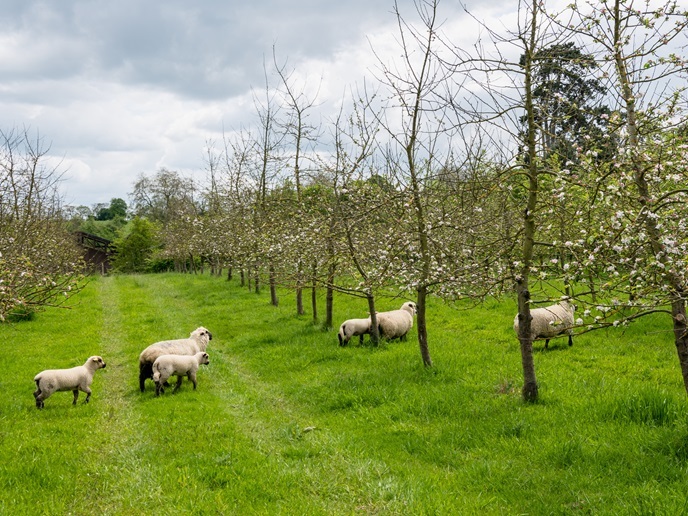Sowing diversity, reaping sustainability: why Europe needs more ‘diverfarmers’
Many EU farmers are at a crossroads: environmental threats and revenue loss resulting from unsustainable production models are forcing them to rethink their cropping systems. The EU-funded project Diverfarming(opens in new window) (Crop diversification and low-input farming across Europe: from practitioners engagement and ecosystems services to increased revenues and chain organisation) is providing them with the data, tools and support they need to adopt more productive, resource-efficient practices. Chief among these is crop diversification, a core aspect of agroecology. “Agriculture based on intensive mechanisation, excessive use of external inputs and monocultures has resulted in soil degradation, reduced biodiversity and increased economic risk for European farmers,” says Raúl Zornoza Belmonte, soil science researcher at the Technical University of Cartagena(opens in new window) in Spain and Diverfarming project coordinator. “Crop diversification and an optimised use of resources provide more sustainable alternatives.” Diversification could unlock a number of concrete benefits for farmers and the rural environment. It can prevent soil erosion, increase soil fertility, and enhance soil carbon sequestration while reducing the use of pesticides, fertilisers and heavy machinery. Greater diversity also has the potential to increase productivity and increase the resilience of farming systems, not only economically but also in the face of climate change. Together, these aspects could contribute to greater profitability, while helping to mitigate climate change and fostering increased biodiversity, as well as increasing the delivery of ecosystem services from farming.
Tailor-made solutions
The project team’s research highlights that in order to effectively deliver these benefits, changes need to be implemented across agricultural value chains and tailored to the specific characteristics of each region. This context specificity is another key tenet of agroecology. These include climatic and soil conditions, socioeconomic and cultural factors as well as technical constraints. The project focuses on the unique characteristics of six European regions: Mediterranean North and South, Atlantic Central, Continental, Pannonian and Boreal. Diverfarming is currently assessing real benefits and practical limitations, barriers and drawbacks linked to diversified cropping systems using low-input agricultural practices tailor-made for each region. The project works directly with farmers in these regions. “To involve farmers and local stakeholders in the development of a paradigm shift in European agriculture and incorporate their local knowledge, we have established a network of diverfarmers(opens in new window) for co-creation, co-learning and co-innovation,” Zornoza Belmonte adds. Innovation is central to agroecology, and so to the work of Diverfarming. The team has designed a prototype for machinery that improves soil tillage, which will cut labour costs, fuel consumption and greenhouse gas emissions, reduce soil erosion and facilitate cover crop management. The prototype is currently in the final stages of development and scheduled for launch in December 2021.
Informed decisions
The team is also working on an interactive tool which will help farmers choose the diversified cropping system and sustainable practices best suited to their specific conditions. Zornoza Belmonte explains: “We aim to develop a leading European decision support tool for selecting the most suitable diversified cropping systems under different scenarios to increase production and sustainability, taking into account all steps of the value chain. Its multilingual interface will ensure easy access and widespread use across Europe.” The tool will aggregate data on various aspects ranging from soil to value chain properties to create models enabling agribusinesses to make informed choices. Other Diverfarming outputs will include guidelines for sustainable diversified cropping systems, a protocol for their correct implementation, and a toolbox, as well as a white paper providing scientific evidence for supporting relevant policies. To take the results of the project further, Diverfarming joined the European Crop Diversification Cluster(opens in new window) which aims to share knowledge on this topic and increase the impact of crop diversification research across Europe.







